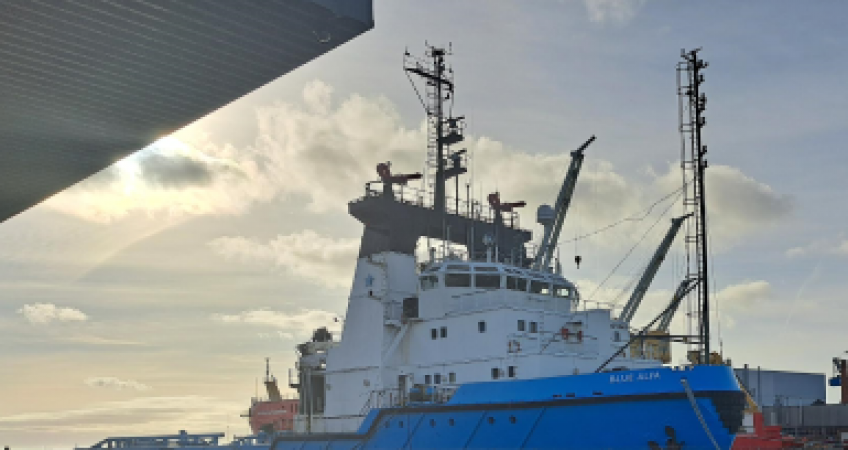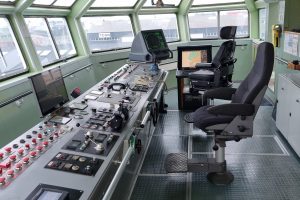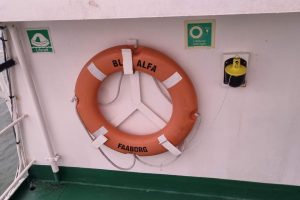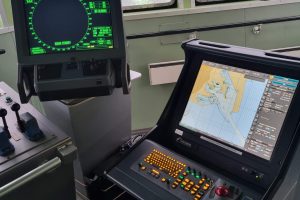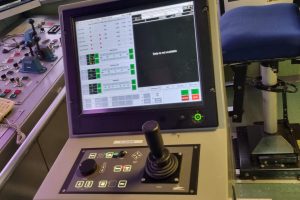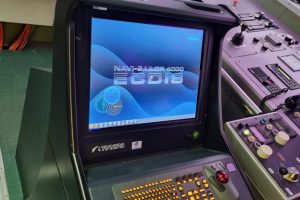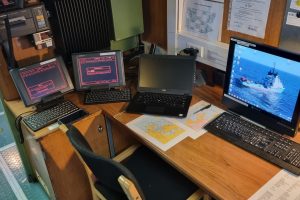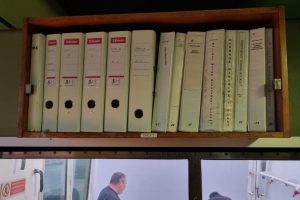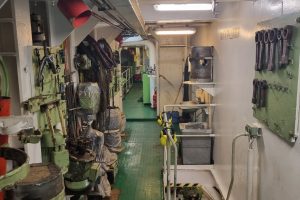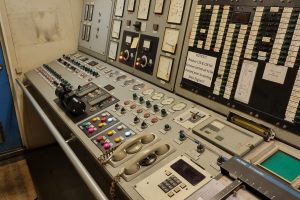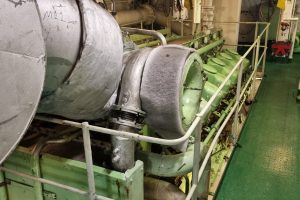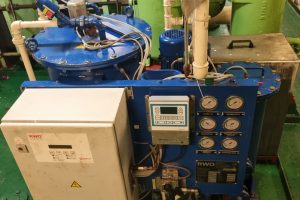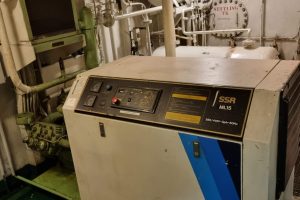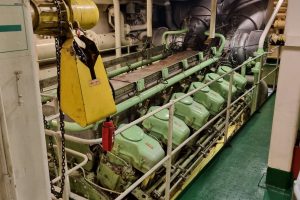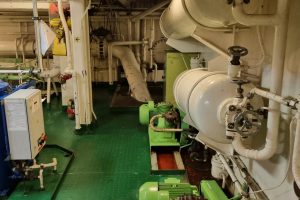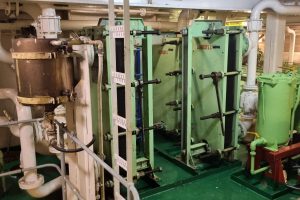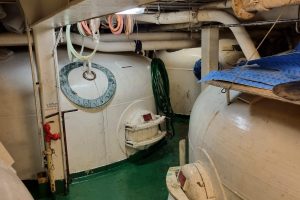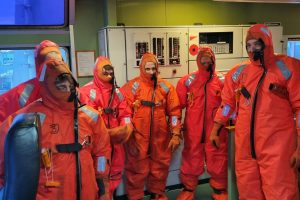Faroe Maritime Services creates tailor-made solutions also for the reactivation of vessels after a period of layup.
Please do not hesitate to call or email us at +298 610 000 or fms@fms.fo.
The extent of reactivation work required is defined by the duration of the lay-up and the preservation and maintenance carried out during the layup.
But her is a list of items that are to be addressed.
The vessel reactivation specifications should be defined based on the following elements:
- lay up the Preservation Plan framework in place and lay up logbook records. lay up plan to be preferably approved by class.
- Last classification society survey report, docking report or any other survey report as applicable.
- Classification Society recommendations, condition of Class and any other requirements (including due surveys at the time of reactivation).
- Flag Authority requirement (including due surveys at the time of reactivation).
- Maker’s/manufacturer’s recommendations.
- Internal technical/engineering recommendations.
- Planned maintenance system (PMS) and historical equipment maintenance.
- PMS and current maintenance plan status.
- Previous sea trail records.
Reactivation specifications for each equipment/system should include:
- Scope of work for next vessel contract.
- A condition assessment (inspection, function testing, non-destructive testing, analysis, etc).
- Overhaul/renewal/replacement requirements.
- Test protocol.
- Sea trial protocol (if necessary).
During the reactivation period, it should be ensured that:
- The reactivation checklist is followed.
- Reactivation specification is achieved.
- Reactivation specification job reports are duly recorded in vessel PMS.
- Class status is changed to active status with no due surveys or recommendations.
- PMS is updated.
- The vessel is fit for operation.
Completion of the reactivation period
In advance of the vessel carrying out any operations following reactivation, operators should ensure the following actions and considerations have been made.
Records
Internal company records should be updated as necessary.
Insurance
Notice should be given to the P&I Club that the vessel is to be reactivated, not less than seven days before the vessel departs the place of lay up so that they can advise of any survey requirements. The H&M provider should also be informed in line with their requirements.
Contract deployment
If the vessel is reactivated for a charter, it’s highly recommended that a contract deployment kick-off meeting is organized in order to ensure all systems and contractual equipment are operational and certified. Potential gaps should be identified and reported to management with an accompanying action plan.
Manning levels and crew mobilization
Manning levels should be clearly defined in terms of both quantity and competency of the crew (as per minimum safe manning document/contract deployment inputs/scope of work). Arrangements should be made for the officers and ratings to join the vessel at the appropriate time.
Logistics
All ships stores and/or equipment which may be stored ashore in warehousing should be released and delivered.
Sourcing
The processing of incoming purchase orders for the vessel should be restarted. It is recommended to define the level of priority on purchase orders as some may be important for the reactivation process and the upcoming charter.
Vessel autonomy
Start all systems in order to confirm good working order and regain autonomy once disconnected from any shore power facilities. A lay up preservation checklist1 can be used during reactivation in order to ensure listed items are not overlooked.
Pending recommendations or non-conformities
Check the status of all audit recommendations and define an action plan for closure of critical findings before class and flag attendance.
Flag State
Inform the flag State that the vessel is being/has been reactivated and is in/will be in an operational condition. This should be done in good time to allow for their attendance if required.
Classification Society / Certifying Authority
The following requirements may vary and Members should confirm the requirements with the Class/Certifying Authority in question.
For vessels laid-up for a period of less than 3 months:
Class surveyor must attend if:
- Any overdue/due surveys and certificates expired (for delegated vessels)
- Conditions of Class which must be closed by a surveyor and limit date is due
For vessels laid-up for a period of 3 months or more:
- In addition to conditions above, the Class surveyor must attend to change the class status of the vessel from laid-up to in operation
Communications
Communication systems should be reactivated, including the IT server and any cyber security measures as applicable.
Differential Global Positioning System (DGPS) corrections (and where applicable – Dynamic Positioning (DP))
It should be arranged with the provider(s) for the DGPS corrections to be reactivated.
Food and other provisions
A complete inventory of food and other provisions, such as personal protective equipment (PPE), safety equipment spares, deck and engine room equipment and consumables, should be undertaken and where necessary replenishment order should be placed.
Fresh water
Fresh water tanks confirmed as clean and fresh water order placed.
Fuel
Bunker requirements should be calculated and an order placed.
Life-saving appliance (LSA) certificates and fire fighting equipment (FFE) certificates
Check all equipment is in satisfactory condition and that all certificates are still valid for LSA and FFE.
Annual DP trials (as applicable)
Organise the annual DP trial if due or if equipment has been shut down for a long enough period to be considered possibly unreliable and DP is to be used during the charter.
Fast rescue craft/boat and davit
Check that equipment is in good working order, whether annual/5 year surveys are due and any recommendations are closed.
Lifting equipment
Organise inspection of all lifting equipment by a competent person and ensure all certification is valid and available on board.
Navigation
It should be ensured that all relevant charts (paper and electronic) and publications for the intended operating area are available on board and are up to date with the most recent notice to mariners.
All navigation aids should be checked to ensure they are all in good working order and that valid radio station license is available on board.
Security
Where fitted, a Ship Security Alert System (SSAS) test should be performed. This can be conducted with coast station involvement if due/overdue.
Internal auditing
Should there be a requirement to perform an internal audit following an extended period of lay up, this should be arranged.
For a vessel laid up for more than three months, an assessment of marine growth of the hull shall be undertaken. It is highly recommended to perform a flash docking. Special attention should be paid to:
- Condition of the hull.
- Anodes of any similar protection.
- Sea water valves.
- Propellers and thrusters condition including seal check.
Please do not hesitate to call or email us at +298 610 000 or fms@fms.fo.

